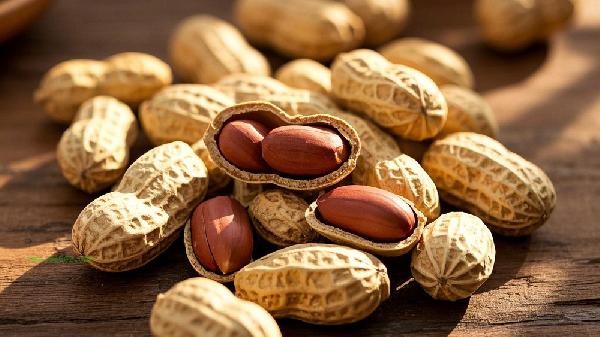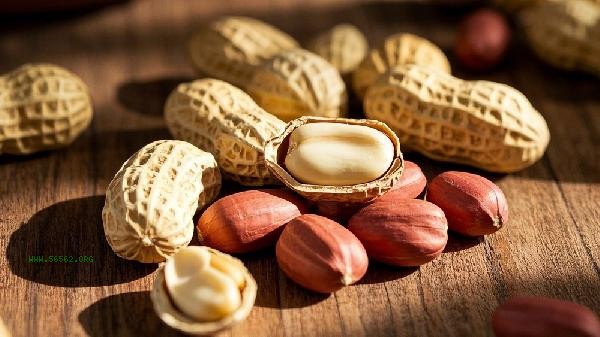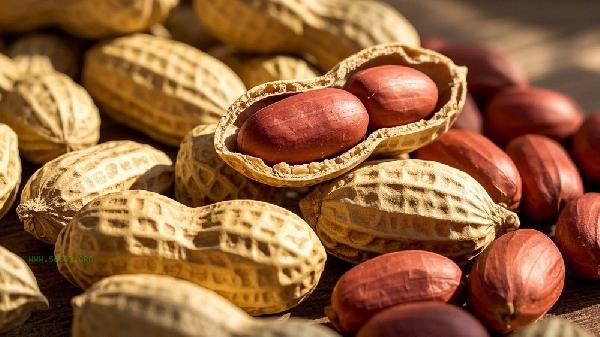When frying peanuts, the formation of oil bubbles is usually due to the reaction of proteins and sugars in peanuts at high temperatures, or improper control of oil temperature. The foaming phenomenon is mainly related to factors such as high water content in peanuts, impure oil quality, and high or low oil temperature.

If the oil temperature is too low when frying peanuts, peanuts will absorb too much oil and release water, which will quickly vaporize to form foam after contact with hot oil. Fresh peanuts contain a high amount of moisture, which can easily cause dense bubbles on the oil surface when cooked directly. The use of incompletely refined edible oil may contain impurities such as phospholipids, and persistent foam will also appear after heating. When the oil temperature exceeds the smoke point, the oil will be decomposed to produce free fatty acids, which will intensify the formation of foam and accompanied by oil smoke. Old oil that has been reused multiple times is more prone to a large amount of foam during frying due to the accumulation of oxidation products.

The dust or sugar left on the peanut epidermis is pyrosaccharified under high temperature, which may form viscous substances to promote foam aggregation. The internal moisture of partially dried peanuts expands when heated, exudes from the cracks and mixes with oil to form a foam layer. Some varieties of peanuts have high natural oil content, and their own oil dissolution will increase the amount of foam during frying. Using iron pots or uncleaned cookware may cause abnormal foaming when residual substances react with oil. Peanut is damped and mildewed due to improper storage, and mold metabolites will lead to dark foam color and odor during frying.

It is recommended to choose fresh and dry peanuts, rinse them with water before frying, and then air dry them thoroughly or bake them at low temperature to remove moisture. Use refined vegetable oil with high smoke point, control the oil temperature between 160-180 degrees, and avoid using repeatedly heated old oil. During the frying process, a small amount of salt can be sprinkled to help defoaming. When a large amount of foam continues to appear, it should be immediately removed from the fire to cool down. Fried peanuts should be thoroughly oiled and sealed for storage, ensuring a crispy texture while reducing oil oxidation. Daily attention to kitchen ventilation and regular replacement of frying oil can effectively prevent abnormal foaming during frying of food.








Comments (0)
Leave a Comment
No comments yet
Be the first to share your thoughts!